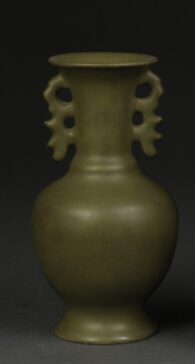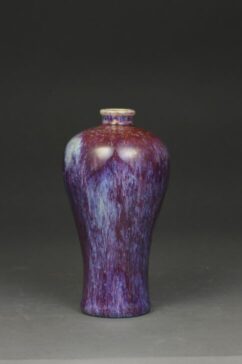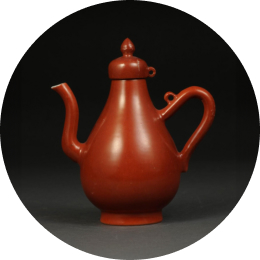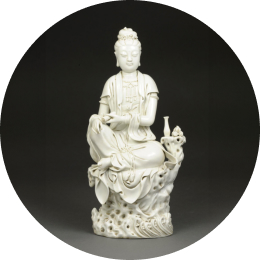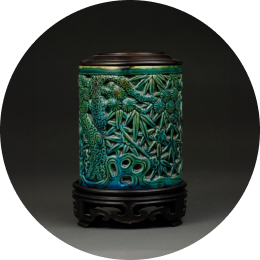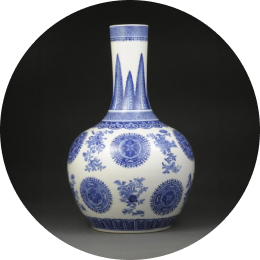The Weese Collection
Chinese Ceramics at UMMA
In 2020, UMMA’s collection of Chinese ceramics greatly expanded following a gift of art from long-time University supporter William C. Weese. Ranging from 3000 BCE to the mid 19th century, the Weese collection contains more than 1,000 Chinese ceramics and spans centuries, styles, trends, and technologies. Here you can learn more about the vast collection, and explore some of the works.
Meet the Donor
William C. Weese MD (BS ‘65) is a long-time University supporter and has built a strong legacy of developing programs in the arts and humanities.
“I have been studying and collecting Chinese art and ceramics since the early 1980s — the craftsmanship and history of the works has fascinated me my entire life. My goal in gifting this collection to the University of Michigan is both to preserve it for generations to come, but also to help foster that same love and passion for the exploration of technique and history that I’ve developed over the years. I hope students embrace this love. I hope the community comes out to see it as well,” Dr. Weese said.

Collection Highlights
The William C. Weese Collection of Chinese Ceramics is rich in porcelain and stonewares from the Ming and Qing dynasties, especially those made during the reigns of Emperors Kangxi (1662–1722), Yongzheng (1723–1735) and Qianlong (1736–1795). For the superb artisanship and mesmerizing array of colors, shapes, and decorative techniques, the ceramics made in the period are admired as some of the highest achievements of world ceramic history.
These ceramics were used for serving food and drinks, religious worship, and decorations in homes of the wealthy, and in some cases, Imperial Court. They were also admired outside of China. From the 14th century until the 19th century, ceramics were China’s major trade goods for other parts of Asia, Middle East, Europe, and North and South Americas.
Get Up Close
Take a closer look at two objects in the Weese Collection, a yellow Meiping vase dating from the reign of Kangxi Emperor (1654-1722), and a pair of ceramic rafts dating back to the 19th century. Click the arrows to advance and get an up-close-and-personal tour around the object:
Meiping Vase, China, Qing dynasty, Kangxi reign (1662 – 1722), porcelain with glaze, Promised gift of William C. Weese, M.D., LSA ’65, PG2020.2.1
Eight Immortals on a Boat (One of a Pair), China, Qing dynasty (19th century), porcelain with glaze, Promised gift of William C. Weese, M.D., LSA ’65, PG2020.2.25A&B
Serving Food and Drink
Decorated by vibrant color glazes and varied in design, these plates, bowls, saucers, and teapots were used at homes and religious rituals in China. Fine tea and dining ware from China were also in high demand across Europe and were praised as objects of luxury.
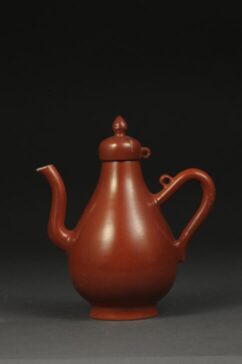
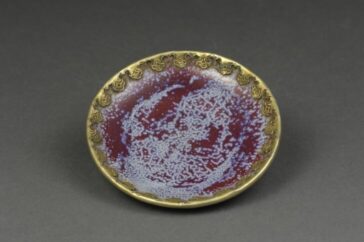
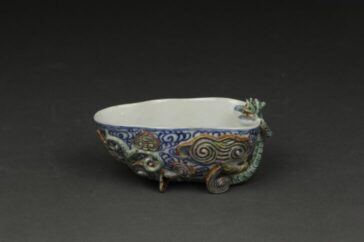
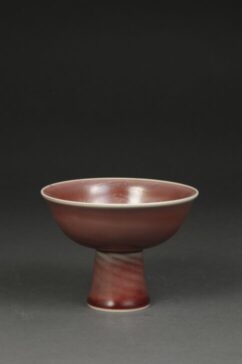
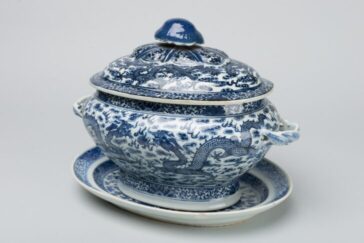
Religious Practice
Ceramic deities and animals were used during burial practices, worshipped as part of family altars and temples, or placed on scholars’ desks. These functional and decorative items gained popularity in both China and elsewhere. Of particularly high regard were the milky white Guanyin (Bodhisattva) porcelain figures made in Dehua, which were also known as Blanc de Chine (White from China).
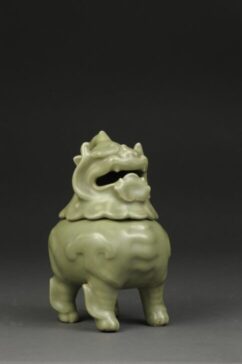

Literary Pursuits
Scholars’ objects embody aesthetic tastes and intellectual curiosity of literati or China’s cultural elites. A scholar’s private studio would be filled with brush holders and washers, inkstones, table screens, and other objects with admirable artistic, meditative, and decorative value.
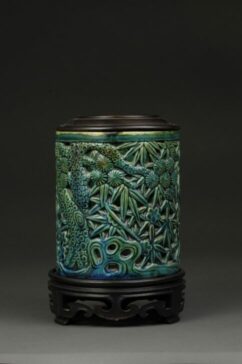
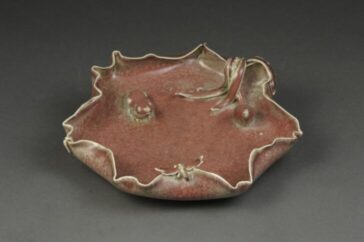
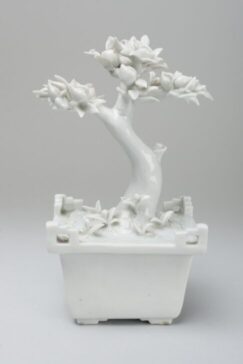
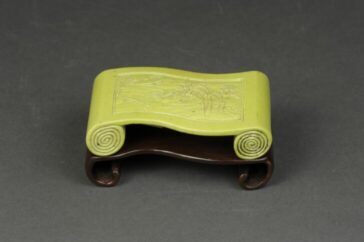
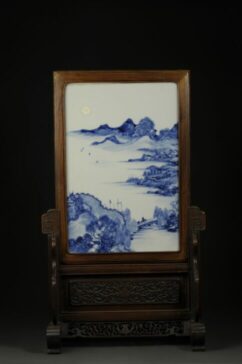
Vases
Vases were prized decorations in wealthy homes in China as well as those of nobility and affluence overseas. From the early Song dynasty (960 – 1276) and all the way to the Qing dynasty (1644 – 1912), varying shapes and decorations of vases in the Weese Collection are reference points to key time periods and production areas.
